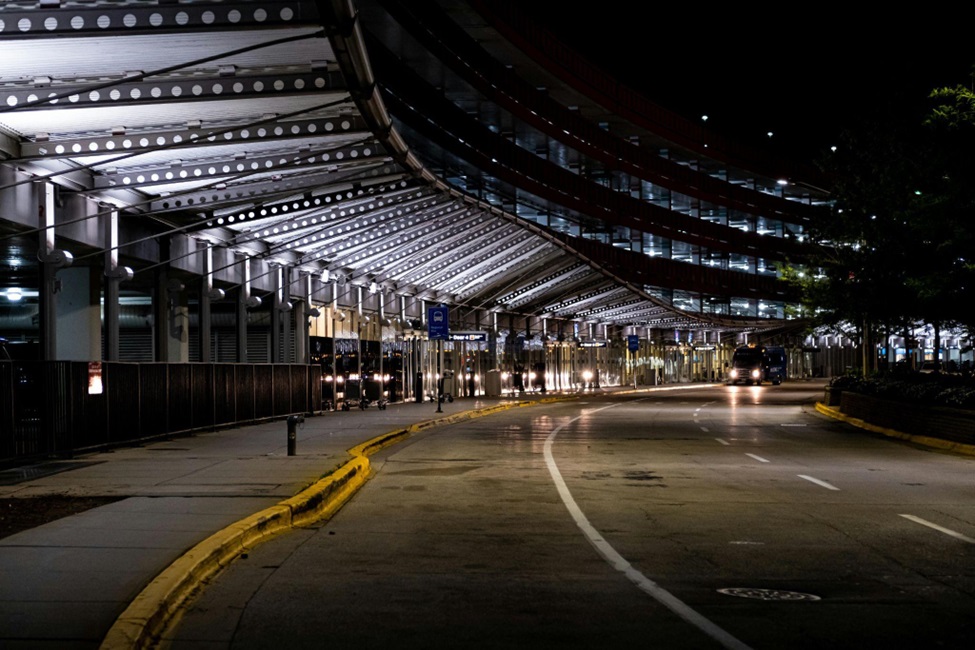
Curbs are a crucial design element in landscape and street design, defining spaces and ensuring pedestrian safety. Curbs are a key feature of urban and suburban infrastructure, with added aesthetic benefits. Knowledge of the various forms of curbs is beneficial for homeowners, developers, and municipal planners in making informed decisions. The following exploration examines five common types of curbs that are crucial to modern infrastructure.
1. Barrier Curbs
Barrier curbs are the most reliable type of curbing, designed to prevent vehicles from leaving the roadway. Their tall and straight profile, which can measure up to six inches, is their most distinctive feature. In many cases, busy streets and highways utilize barrier curbs to improve water drainage and road safety. In areas of high foot traffic, they are utilized to ensure pedestrian safety is a priority.
2. Mower Curbs
Curbs for mowers are designed to be functional and low-maintenance. The sloped face of these curbs enables easy mowing of grass adjacent to the curb without hindrance. Grass edge cleanliness and attractiveness are the key factors in residential neighborhoods and parks that employ this design. Curbed mowers harmonize form and function, creating a smooth transition from pavement to grass.
3. Mountable Curbs
Mountable curbs are designed to be a versatile option for driving over when necessary. This curb’s design allows vehicles, including emergency vehicles, to mount it without causing damage. Driveways, parking lots, and commercial complexes are the perfect places for them because they allow occasional vehicle access over the curb.
4. Monolithic Curbs
A single continuous structure is created when monolithic curbs are installed as part of the roadway or sidewalk. Significantly, the durability and strength of monolithic curbs added by this integration have made them a popular choice in new urban development initiatives. The long-lasting nature of these materials helps maintain the pavement’s beauty.
5. Integral Curbs
The use of integral curbs and gutter systems is essential for stormwater management in urban settings. The curbs are designed as a dual-purpose system, offering both curb and gutter functionality. In fact, they’re essential for preventing water buildup on road surfaces.
Why Curb Installation Matters
It is for this reason that the installation of curbs is not just about creating divisions or beautification of certain areas but more functionally deals with the dynamics of water and safety. Both types of curbs have been designed to accomplish specific functions, including the safety of pedestrians and proper management of runoff water; proper selection of a curb type has a critical impact not only on the efficiency but also the overall lifetime of curbside infrastructure.
Conclusion
In conclusion, it should be stated that realizing and understanding these five common types of curbs, namely, barrier curbs, mower curbs, mountable curbs, monolithic curbs, and integral curbs, helps in making better decisions, both from the urban planning and property development perspectives. Curb construction and management is one of the areas that play an important role in developing public and private areas by ensuring that the facilities are useful and safe for the users in the future.

